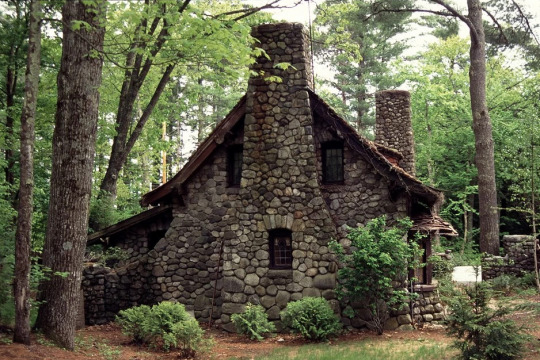Video
hey friends check out this cool project!
youtube
The (Unofficial) Nerdfighteria Discord Server has been doing a very cool month-long project called Secret Siblinghood 2.0! A different member of the server posts a vlogbrothers-style video every day, evoking Brotherhood 2.0 nostalgia. This is the first video!
So awesome to see the ways nerdfighters are connecting and putting positivity into the world. Definitely check it out and follow along!
84 notes
·
View notes
Note
Do you ever just get emotional about prehistoric life? These were real animals which lived millions of years ago. They drank the water that we drink, breathed the air that we breathe, walked the land that we walk and saw the clouds that we see. But they're gone now and it's honestly so sad.
Absolutely. I don’t think there’s much that hits me harder than some fossils.
Like raindrop impressions. We can see in some sedimentary rocks the individual craters formed by raindrops falling onto the ground. These were actual raindrops; this was actual weather. An Arthropleura silently continued on its slow undulating way as the rain began to fall; a Hylonomus skittered for cover below the towering shadow of a lycopod tree beneath the cloudy Carboniferous skies.
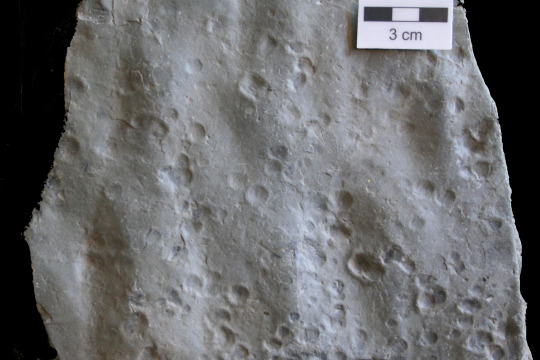
Or these footprints of our own ancestor, Australopithecus. Preserved in volcanic ash, they show a set of footprints - and next to them, another, smaller pair, walking perfectly parallel and perfectly in step. A tear never fails to come to my eye as I imagine them walking, parent hand-in-hand with child, across the alien, familiar landscape, wondering what the eruption would mean for their fate but carried on by their love for each other, just as we are millions of years later.
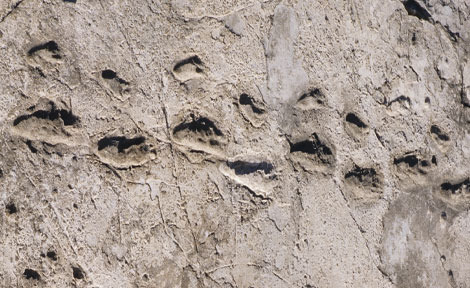
797 notes
·
View notes
Text
when i call my interest in shakespeare niche it’s like……my favorite author is william fucking shakespeare. my favorite play of all time is hamlet. that sounds like something an alien would say when they only scanned their reading on earth culture. how much more basic can we get.
134 notes
·
View notes
Photo
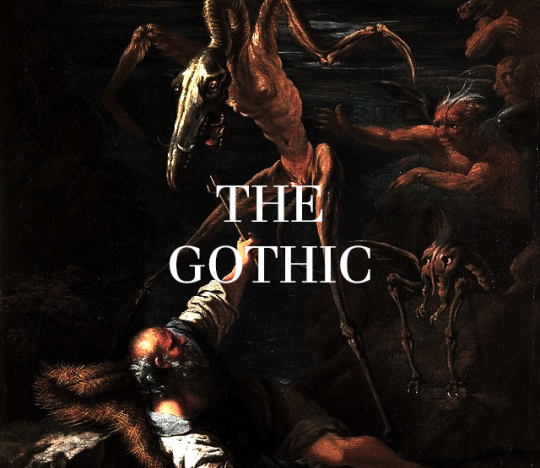
Masterpost of Free Gothic Literature & Theory
Classics
Vathek by William Beckford
Wuthering Heights by Emily Brontë
The Woman in White & The Moonstone by Wilkie Collins
Carmilla by Joseph Sheridan Le Fanu
The Turn of the Screw by Henry James
The Monk by Matthew Lewis
The Phantom of the Opera by Gaston Leroux
Melmoth the Wanderer by Charles Maturin
The Vampyre; a Tale by John Polidori
Collected Works of Edgar Allan Poe
Confessions of an English Opium-Eater by Thomas De Quincey
The Mysteries of Udolpho by Ann Radcliffe
The Strange Case of Dr. Jekyll and Mr. Hyde by Robert Louis Stevenson
Dracula by Bram Stoker
The Castle of Otranto by Horace Walpole
The Picture of Dorian Gray by Oscar Wilde
Frankenstein; Or, The Modern Prometheus by Mary Wollstonecraft Shelley
Short Stories and Poems
An Occurrence at Owl Creek Bridge by Ambrose Bierce
Songs of Innocence & Songs of Experience by William Blake
The Rime of the Ancient Mariner by Samuel Taylor Coleridge
The King in Yellow by Robert W. Chambers
The Legend of Sleepy Hollow by Washington Irving
The Yellow Wallpaper by Charlotte Perkins Gilman
Pre-Gothic
Beowulf
The Divine Comedy by Dante Alighieri
A Journal of the Plague Year by Daniel Defoe
Faust by Johann Wolfgang von Goethe
The Tragical History of Doctor Faustus by Christopher Marlowe
Paradise Lost by John Milton
Macbeth by William Shakespeare
Oedipus, King of Thebes by Sophocles
The Duchess of Malfi by John Webster
Gothic-Adjacent
Northanger Abbey by Jane Austen
The Wendigo by Algernon Blackwood
Jane Eyre & Villette by Charlotte Brontë
Lyrical Ballads, With a Few Other Poems by Coleridge and Wordsworth
The Mystery of Edwin Drood by Charles Dickens
The Idiot & Demons (The Possessed) by Fyodor Dostoyevsky
The Man in the Iron Mask by Alexandre Dumas
Moby-Dick by Herman Melville
The Island of Doctor Moreau by H. G. Wells
Historical Theory and Background
The French Revolution of 1789 by John S. C. Abbott
Shakespearean Tragedy: Lectures on Hamlet, Othello, King Lear, Macbeth by A. C. Bradley
The Tale of Terror: A Study of the Gothic Romance by Edith Birkhead
On Heroes, Hero-Worship, and the Heroic in History by Thomas Carlyle
Demonology and Devil-Lore by Moncure Daniel Conway
Ancient Pagan and Modern Christian Symbolism by Inman and Newton
On Liberty by John Stuart Mill
The Social Contract & Discourses by Jean-Jacques Rousseau
Feminism in Greek Literature from Homer to Aristotle by Frederick Wright
Academic Theory
Introduction: Replicating Bodies in Nineteenth-Century Science and Culture by Will Abberley
Viewpoint: Transatlantic Scholarship on Victorian Literature and Culture by Isobel Armstrong
Theories of Space and the Nineteenth-Century Novel by Isobel Armstrong
The Higher Spaces of the Late Nineteenth-Century Novel by Mark Blacklock
The Shipwrecked salvation, metaphor of penance in the Catalan gothic by Marta Nuet Blanch
Marching towards Destruction: the Crowd in Urban Gothic by Christophe Chambost
Women, Power and Conflict: The Gothic heroine and “Chocolate-box Gothic” by Avril Horner
Psychos’ Haunting Memories: A(n) (Un)common Literary Heritage by Maria Antónia Lima
‘Thrilled with Chilly Horror’: A Formulaic Pattern in Gothic Fiction by Aguirre Manuel
The terms “Gothic” and “Neogothic” in the context of Literary History by O. V. Razumovskaja
The Female Vampires and the Uncanny Childhood by Gabriele Scalessa
Curating Gothic Nightmares by Heather Tilley
Elizabeth Bowen, Modernism, and the Spectre of Anglo-Ireland by James F. Wurtz
Hesitation, Projection and Desire: The Fictionalizing ‘as if…’ in Dostoevskii’s Early Works by Sarah J. Young
Intermediality and polymorphism of narratives in the Gothic tradition by Ihina Zoia
44K notes
·
View notes
Text
sorry SJWs there are only 4 genders
-wise
-wicked
-simple
-unable to ask
3K notes
·
View notes
Note
how do u recommend getting into hamlet.... please
i wouldn’t
72 notes
·
View notes
Text
apparently, I joined this tumblr place at 01/29/2017 11:08:56 PM.
201K notes
·
View notes
Text
i cant decide what my favorite part of our chem lab safety video is (its 35 minutes and they play it on the first day of literally every chemistry lab ive ever taken since high school)
like okay so youve got the part where they stab themselves with a broken pipette and then start shoving it further into their flesh:
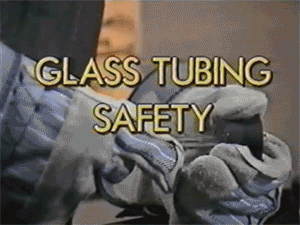
or the part where the poor kid has to strip because he spilled dangerous chemicals all over himself and his lab partner just stands there and watches him naked under the lab shower:

or when they set a mannequin on fire and someone off screen awkwardly rolls it on the ground to demonstrate stop, drop, and roll:

5K notes
·
View notes
Text
when jane austen said “what are men to rocks and mountains?” my lesbian ass felt that
13K notes
·
View notes
Text
we as a society need to stop supporting men with beards who write poetry
3K notes
·
View notes
Text
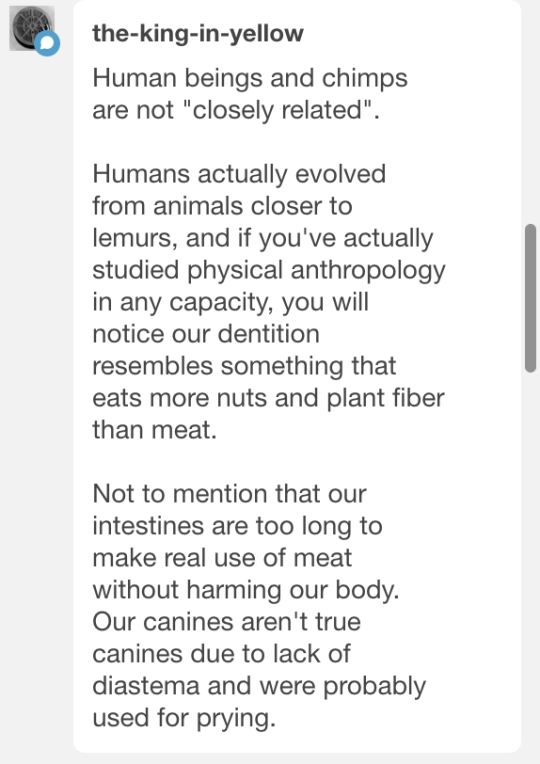
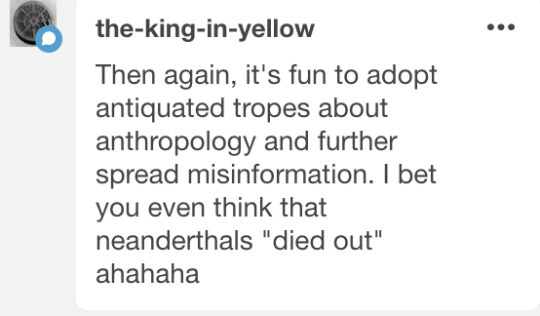
Really? You’re really going to say this?
First off: see this?
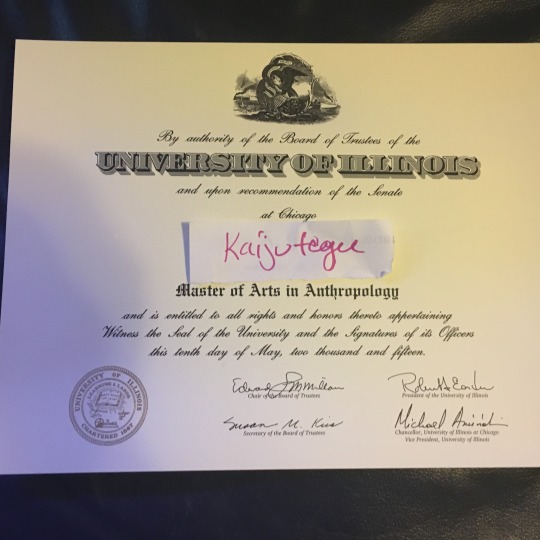
This is my masters’ degree in anthropology. I’d show you my BA, but it’s at my parents’ house. I’m three and a half years into a PhD in physical anthropology. I’ve been employed to do physical anthropology at one of the world’s best natural history museums. My area of study? Teeth and diets. I’m not here to argue veganism or vegetarianism, I’m here to tell you, point by point, why you’re devastatingly misinformed about our place in the primate family tree, along with my peer-reviewed sources behind the jump. I know we live in a “post-truth” society so maybe being presented with the overwhelming consensus of the scientists who currently work with this material is meaningless to you, and honestly, this probably isn’t going to make a bit of difference for you, but I can’t let this slide. Not in this house built on blood and honor. And teeth.
1. The evidence for being closely related to chimpanzees is vast and well-understood thanks to advances in DNA analysis. We share a huge amount of DNA with them, and not just repeating patterns in non-coding DNA. We have numerous genes that are identical and likely diverged around 7 million years ago, when Sahelanthropus tschadensis was roaming the earth. S. tschadensis was a woodland species with basal ape and basal human-line traits. The most notable was the positioning of the foramen magnum towards the central base of the skull and not emerging from the back suggests bipedality. This, along with other traits such as small canines worn at the tip, which implies a reduced or absent C/P3 honing complex (the diastema), suggests that this is actually a basal trait and the pronounced diastema we see in other species was a trait that came later. But more on that later- back to chimps and what we mean by sharing DNA. Our chromosomes and chimp chromosomes are structured far more like each other than other mammals. Furthermore, the genes located on these chromosomes are very similar. Chromosome 2, for instance, is nearly identical to two chimpanzee chromosomes. (Chromosome 2 in humans, Neanderthals, and Denisovans is different from Chromosome 2 found in apes and is actually the remnant of an ancient mutation where Chromosome 2 and 3 merged- you can see that from its vestigial centromeres and the genes found on it. We can’t get DNA from fossil material, but Neanderthal and Denisovan subfossils have demonstrated that this reduced chromosome count- we have one fewer pair than apes- is a typical trait of the Homo genus). Here’s a side by side comparison of Human and chimpanzee chromosomes.

Gene coding regions are colored- bands at the same place mean that there’s two identical genes at that locus. Our similarities to lemurs, on the other hand, aren’t on homologous chromosomes. We have similar coding around the centromeres but the genes express themselves differently. The structure of non-ape primate genes is also significantly different; when the first chromosomal comparisons were done between humans and lemurs back in the 1990s, it was discovered that lemurs have much more highly-concentrated heterochromatin at their centromeres, whereas the structure of human and chimpanzee centromeres is similar. The major differences in chimp and human DNA are in the noncoding regions; most of our genes have identical structures.
2. All primates evolved from a lemur-like organism, not just humans. Here’s one of them. I’ve seen her in person. Pretty cool, huh?
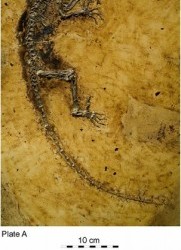
Her name is Ida and she’s a member of the genus Darwinius. But that’s just like saying all primates evolved from something that was basically a tree shrew- which is also true. See, one of the main points of evolution is that organisms are continually changing throughout time. We didn’t jump from lemur-like organism to human; changes were slow and gradual and the lineage isn’t really a straight tree. The fossil species we have and know lead to different lines branching out. Some things died off, some things flourished. Heck, look at the Miocene- twelve million years ago, there were hundreds of ape species. Now there’s twenty-three. (Sixteen gibbons, two chimp species, two gorilla species, two orangutan species, and one human species. There’s also some subspecies of gorilla and gibbon, but I’m only counting the primary species.) It’s hard to trace things back, but saying that we evolved from lemur-like species is obtuse and obfuscates the real point, which is that Homo and Pan descended from a relatively recent-in-the-grand-scheme-of-things common ancestor.
3. Our dentition is unique to the extant primates, but not australopithecines. Our teeth look very much like other members of the genus Homo, the extinct ones, as well as many of the australopithecines. We also have very similar enamel proportions to gracile australopithecines; apes have much thinner enamel overall.
But what did australopithecines eat?
Everything. We know they were eating fruits and nuts based on microwear analysis and strontium analysis, but we also know they were eating meat- and in pretty decent quantity, too. We’ve found all kinds of butchering sites dating back millions of years and in association with Australopithecus garhi, the earliest tool user, but we can also see this in tapeworm evolution. There’s many, many species of tapeworm in several genera. But three of them, in the genus Taenia, are only found in humans. And these species diverged from… carnivore tapeworms. Their closest relatives infect African carnivores like hyenas and wild dogs.
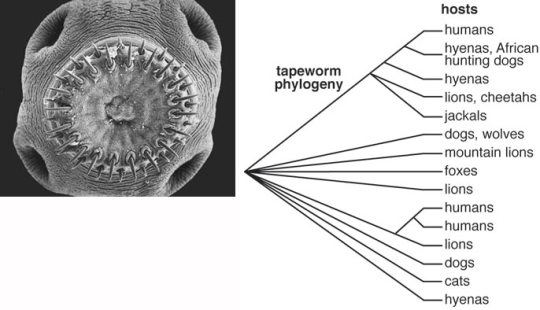
Tapeworms that are adapted to the specific gut of their host species need a certain environment, as well as a specific cycle of infection so that it can reproduce. A tapeworm that infects hyenas is going to be less successful if it somehow makes the jump to a horse. But if the hyena tapeworm was able to adapt to our gut, that suggests that our stomach was hospitable enough for them chemically to survive- which brings me to the intestines.
4. Our intestines are also unique. Yes, we have longer intestines than carnivores, but we also don’t have cecums like herbivores. We are omnivores and that means we still needed to retain the ability to digest plants.
The key to being omnivores is omni. All. I’m not saying we should only be eating meat, I’m saying our ancestors ate a varied diet that included all kinds of things. If we weren’t omnivores, why would we have lost the cecum’s function? Why is the human appendix only a reservoir for the lymphatic system, as it is in carnivores? The cecum is an extremely important organ in herbivores, as it houses the bacteria needed to break down cellulose and fully utilize fiber from leaves. But we don’t have that. Instead, we compensate with a long gut. Our ancestors absolutely did eat fruits and nuts and berries, but they also ate other stuff. Like scavenged carcasses and bugs and probably anything they could fit in their mouths. Which- actually, primate mouths are interesting. Humans and chimpanzees have enclosed oral cavities, thick tongues, and jaw angles much more like herbivores than carnivores- suggesting a herbivorous ancestor. That’s not something I’m arguing against at all. But again, we have adaptations for eating meat and processing animal protein because we are an extremely opportunistic species.
5. Our canines are true canines. First, semantics: having a diastema does not canine teeth make. We refer to the canine teeth by position- even herbivores, like horses, have them. They’re the teeth that come right after the incisors. All heterodonts have the potential same basic tooth types- incisors, canines, premolars, molars- in various combinations and arrangements. Some species don’t have one type of teeth, others don’t have any- but it’s silly to say that the canine teeth aren’t canine teeth just because they don’t serve the same function as a gorilla’s or a bear’s or some other animal’s. It’s basic derived versus primitive characteristics.
Now that we’ve got semantics out of the way, let’s talk about that diastema. The lost diastema is a derived trait, which means that our ancestors had it and we lost it over time. All other extant non-Homo primates have a canine diastema. All of them. However, when you look at australopithecines, we see that many of them either don’t have it or have it in a reduced capacity. At the earliest known hominin site, Lukeino, we see Orrorin tugenensis with reduced canines compared to ape fossils and modern apes- and… you do know that apes don’t use their canines for eating meat, right? Like, primate canines serve a very different purpose than carnivorans’ canines. It’s suggested that the large canines are for social display moreso than anything dietary- bigger, more threatening teeth are useful if you’re a gorilla or chimpanzee fighting to the top of your group’s social structure.
I’m going to refer you to a blog post written by Dr. John Hawks, a good friend of my advisor and generally a pretty cool guy. He’s got a nice writeup on the evolution of hominin teeth and how the human line’s teeth have changed through time.
Also, of course our teeth are going to be smaller. When we compare archaic Homo sapiens fossils to modern skeletons, their teeth and jaws are much more robust. This is likely related to the introduction of soft foods- and by soft, I mean cooked grain mush- to the diet around the time of domestication, right before the population explosion that happened about 10k years ago. In general, post-domestication human jaws are much smaller and more crowded than any other humans and hominins that came before.
6: Neanderthals did die out, but not in a catastrophic event like we think of with dinosaurs. While there are no living Neanderthals today that we would classify as Homo neanderthalensis, there is plenty of evidence that we interbred and likely outcompeted them as a species due to our overwhelmingly large population size (hypothesized based on number and locations of remains found). While there’s only a small percentage of Neanderthal mitochondrial DNA lines in human populations today, it’s quite likely we lost a lot of that due to genetic drift and population migration- Neanderthals, after all, had a much more limited range than Homo sapiens sapiens. Their eventual extinction is a mosaic of events- outcompetition plus assimilation. The line between Homo sapiens sapiens and Homo neanderthalensis/Homo sapiens neanderthalensis is blurry- there’s some physical anthropologists who actually think we should be including them within our species as a subspecies- but they are extinct in that the specific subset of hominins with distinct karyotypes and potential phenotypes no longer exists.
And if you don’t know, now you know.
Keep reading
33K notes
·
View notes
Text
Alright fuck this, reblog this post with what subjects you think are blue, red and yellow in the tags
#history is blue#english is red#yellow? never heard of her#also math is black#and science is always green#but everything is blue if im being honest
6K notes
·
View notes
Photo
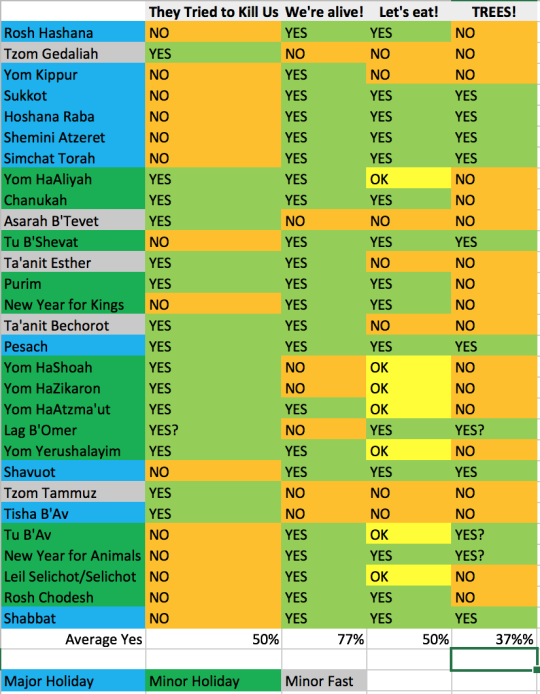
You know what they say: “two Jews three opinions” and “if you want it done right you have to do it yourself”
sorry for not including beta israel holidays I didn’t really know enough about a lot of them besides sigd to accurately describe them
8K notes
·
View notes
Photo
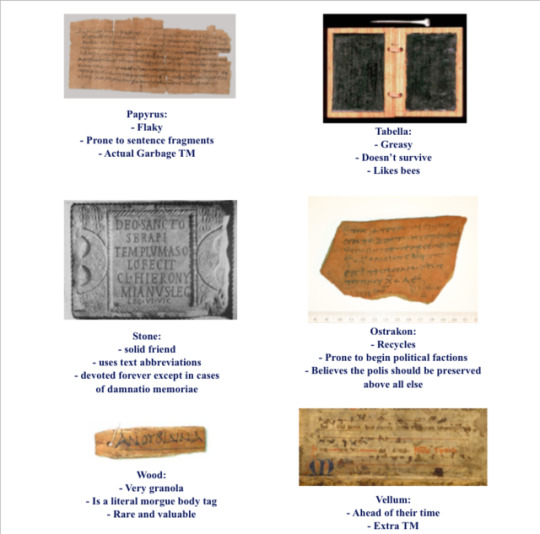
TAG YOURSELF ancient writing materials edition
4K notes
·
View notes
Photo

this took me too long to make, heres a translation glossary
bonus points if you draw your abomination
22K notes
·
View notes


